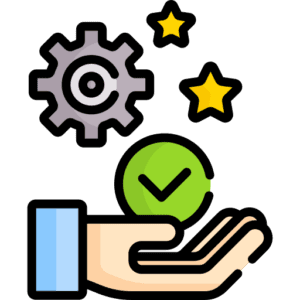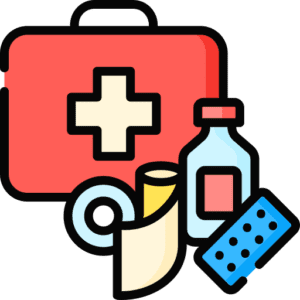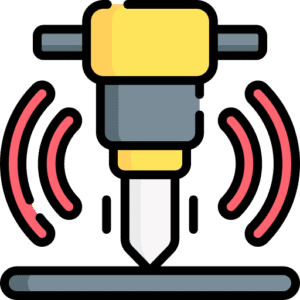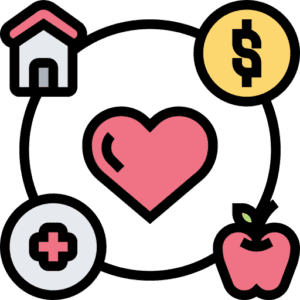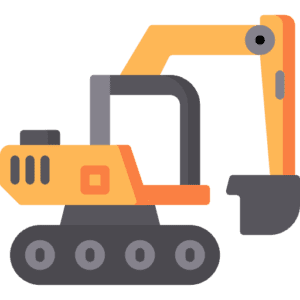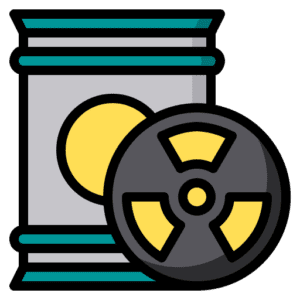CSCS Health and Welfare Test
Why is Health and Welfare Important in Construction?
Construction work can be physically and mentally demanding, making health and welfare a critical aspect of workplace safety. Workers must be aware of risks related to hygiene, fatigue, mental health, and general well-being to maintain a safe and productive work environment. The CSCS Health and Welfare Test ensures that workers understand how to protect themselves and their colleagues.
What Will You Learn in This Test?
This test assesses your knowledge of health and welfare regulations, workplace hygiene, and well-being practices. By taking this test, you will learn:
The importance of maintaining good personal hygiene on-site
The impact of fatigue, stress, and mental health on safety
Proper use of welfare facilities, such as toilets and rest areas
How to prevent dehydration and maintain a healthy diet at work
Employer and employee responsibilities under health and safety laws
Key Topics Covered:
Workplace Hygiene – Importance of clean facilities, washing hands, and preventing illness.
Physical Well-being – Managing fatigue, proper hydration, and preventing heat stress.
Mental Health Awareness – Recognizing stress, anxiety, and mental health support options.
Welfare Facilities – Access to clean drinking water, rest areas, and sanitary facilities.
Legal Responsibilities – Compliance with the Health and Safety at Work Act and workplace welfare regulations.
Why Take This Test?
Improve health and well-being by adopting best practices on-site.
Stay compliant with health and welfare regulations.
Enhance workplace safety by promoting a healthy work culture.
Prepare for the CSCS Health and Welfare Test today and ensure a safer, healthier work environment for everyone!



